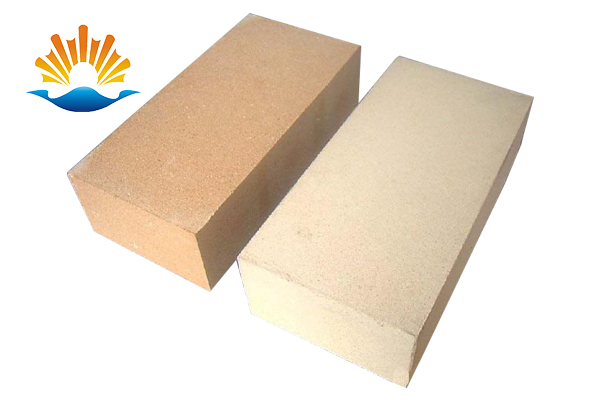Properties and structure of Refractory Materials for Glass P
Refractory materials are the basic materials in the glass industry. The raw materials for refractory materials are various, acidic and alkaline. In the manufacturing process, solid phase reactions, liquid phase reactions, and solid-liquid phase reactions occur between these materials. Refractories are essentially heterogeneous, not only solid, but also liquid and gas. The physical properties of refractory materials generally include strength, density, bulk density, porosity, gas permeability, electrical insulation, and the like. The thermal properties of refractory materials are mainly refractoriness, thermal expansion coefficient, high temperature load softening temperature, thermal conductivity, thermal shock resistance and the like.
1 various properties of refractory materials
2 refractory selection principle
The quality of refractory materials in the glass industry is of great significance for improving the quality of glass products, saving fuel, extending furnace life and reducing glass production costs. The refractory material is the material basis of the glass kiln, which has a great influence on the overall efficiency of the kiln, and must be reasonably selected. The working conditions of the various parts of the kiln are different, and the performance of the refractory material is required to be different.
3 refractory structure
The refractory material is an inhomogeneous body and usually consists of a crystalline phase, an amorphous phase (glass phase) and a gas phase. Depending on the type of refractory material, the ratio between the three phases is also varied. In addition to the gas phase, the chemical composition of the crystalline phase and the amorphous phase can vary greatly. At the same time, the various properties of the refractory material have a certain relationship with the three-phase composition ratio. For example, the degree of refractor is related not only to the chemical composition of the crystalline phase or the amorphous phase, but also to their proportion and to the distribution state of the two phases. Other properties are also related to the three-phase situation to varying degrees.
Pre:
Properties and uses of zircon refractory bricks
Next:
Glass kiln regenerator refractory

